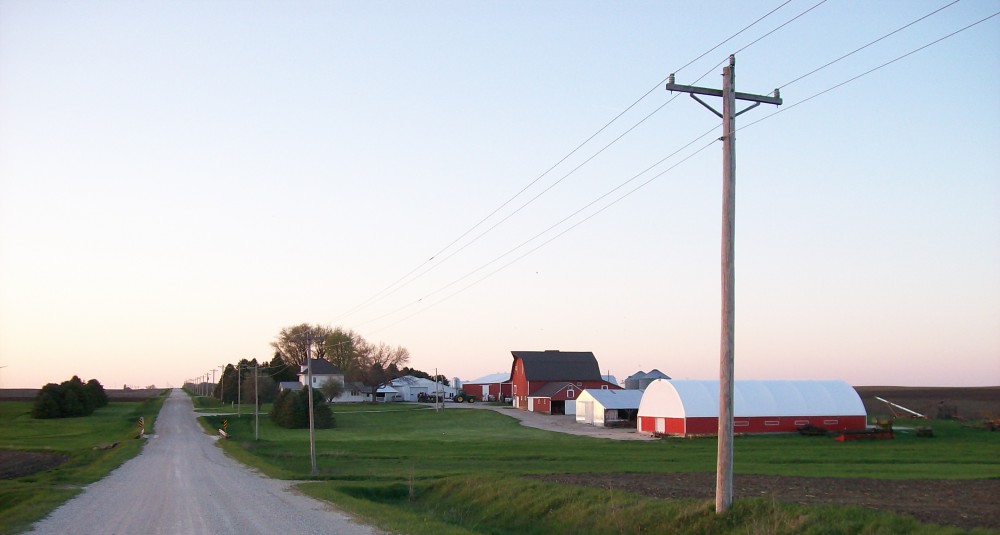June 1, 2019
We’ve spent the last two days in Storm Lake, a city of diverse cultures, and today, a Pulitzer Prize winner was added to the list of Iowans we have met: Art Cullen. He is the editor of The Storm Lake Times and author of the book Storm Lake. His writing covers the issues facing small, rural areas, describing how agriculture, the environment, and immigration play a big role in heartland communities.
Cullen began our talk with how his book Storm Lake got its start. He mentioned that the water levels of the lake in Storm Lake has been rapidly decreasing, falling from 26 feet to 7 feet over the last couple years, likely due to new agricultural practices being used to adapt to climate change. After he discussed the background of his book, he talked about various issues relating to water quality, including how agricultural runoff pollutes the Raccoon River which affects the Des Moines water supply and eentually finds its way to The Gulf of Mexico resulting in the dead zones, with a devastating impact on the shrimping industry. Cullen opined that in the 1980s everyone thought that Practical Farmers of Iowa (PFI) were crazy people, since their ideas about pollution and their toxic environmental effects seemed so far-fetched. However, now the issues that Practical Farmers talked about way back when are becoming more apparent and thousands of people are coming to the organizatiom’s Field Days. This is a huge difference from years ago, as only ~30 people used to attend. We visited the Practical Farmers of Iowa earlier this trip, where we were able to learn about many concepts such as pesticide drift, which people didn’t understand as much in the past. These were interesting things to hear Cullen talk about, especially since we were later able to go the Des Moines Water Works to learn about that organization’s general water processes, how they control water quality, and visit their filtration station. At the Water Works, we learned more about the issue of nutrient runoff into The Gulf of Mexico, which we had previously discussed with different organizations, one of which being the Iowa Soybean Association. The Association promotes and taught us about nutrient reduction strategies to combat runoff. It was nice to have a refresher for these issues and to be able to relate new information to issues discussed at other places we have visited.
To end our day, we drove to the Lakeside Laboratory in Milford Iowa to meet with Mary Skopec. Skopec is the executive director of the Laboratory and also a member of the National Water Quality Monitoring Council and the National Advisory Committee on Water. While at the Laboratory, she discussed the history of the facility and she showed us how to do water quality tests, such as calculating oxygen and nitrite and nitrate levels in water samples and measuring the clarity of water. This was a fun way for me to end the day, since water quality testing is something I have had a lot of experience with throughout my major coursework.
